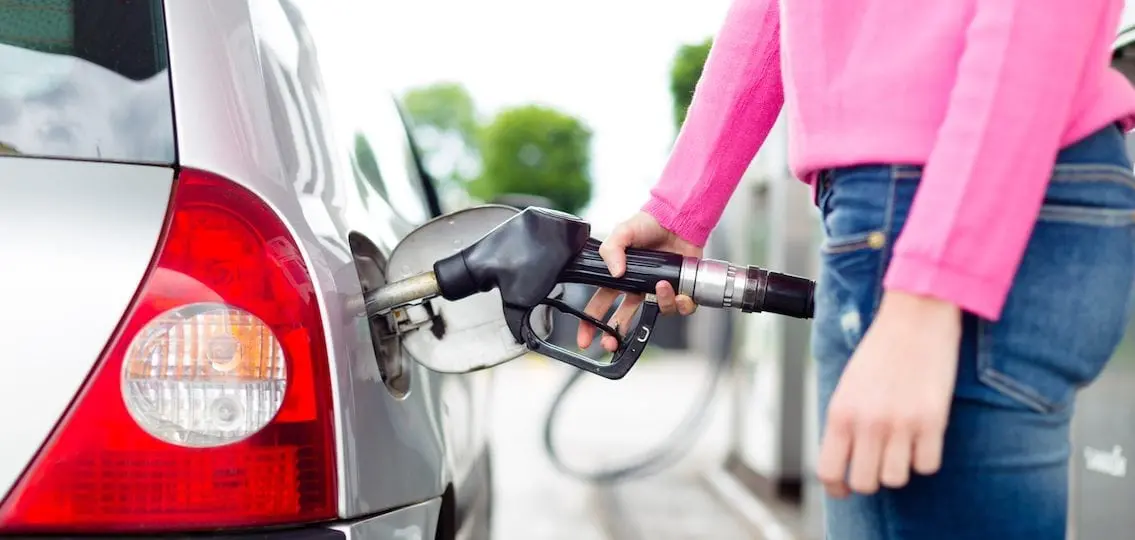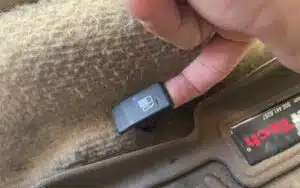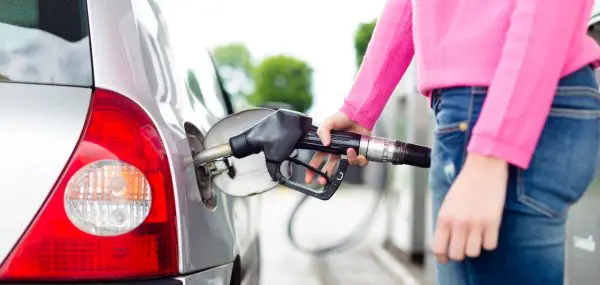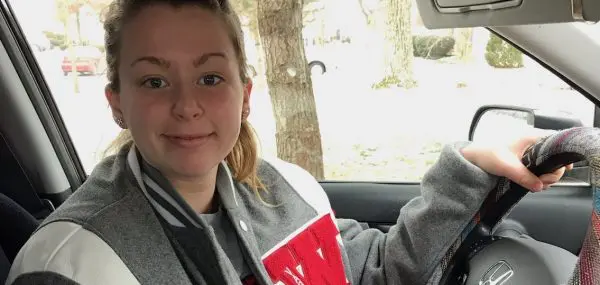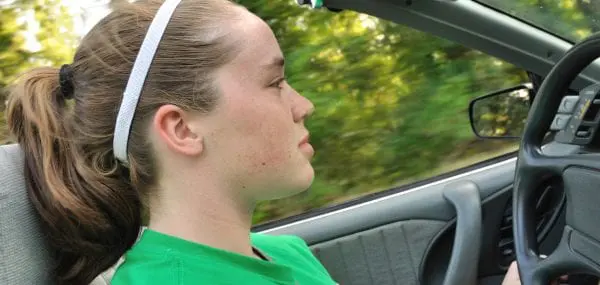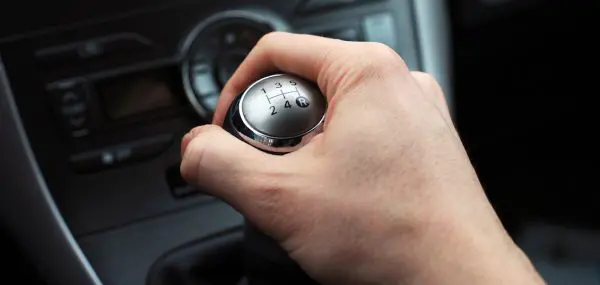Learning how to drive also means learning how to pump gas. This is something every teenager will need to figure out before they get their license. Gasoline is a crucial component of keeping your driving, and running out of gas will leave you stranded. Although pumping gas may seen very straight forward for experienced drivers, it can be very intimidating for first-timers. Don’t worry, we’re here to walk you through the steps of pumping gas into your car for the first time!
How to Pump Gas:
1. Locate the gas tank.
Before you pull up to a gas pump, ask you need to figure out which side of the car your gas cap is on. On your vehicle’s dashboard near the gas gauge is a triangle-shaped arrow. The arrow will point to the side of the car where the gas tank is located. You can also just get out of the car and locate the gas cap. Pull up so the gas pump is on the same side as the gas tank and close enough so that the nozzle will reach your car. Once you are in the right position, turn your engine off.
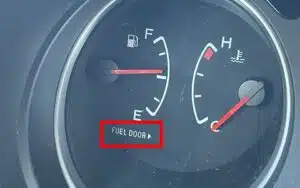
this indicates the fuel door is on the passenger side
2. Open the Gas Lid and Unscrew the Cap
Next, you will also want to locate the latch to open your gas lid, if your car has one. If your car does not have a latch, you most likely just pop it open by hand. After the lid is open, you can go ahead and unscrew the gas cap.
3. Pay for the gas.
Cash or credit? You can use a credit or debit card to pay outside, but cash will require a trip inside to the clerk. Follow the directions on screen for how to pay. If paying by card, you will most likely have to enter your zip code as well.
4. Choose the grade.
There are 3 main types of gas: premium, mid-grade, and regular. You probably don’t want to ever go to that diesel pump, which has a differently-shaped nozzle to keep you from accidentally using it. You can likely stick to filling your car with regular gas unless you’re driving a vehicle with a high-powered engine (such as a sports car or a large SUV), in which case it’ll be better to fill up with either mid-grade or premium gas to keep the engine running smoothly.
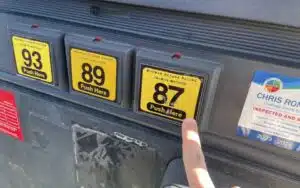
93, 89, and 87 are the most common fuel grades in the US
5. Put the gas nozzle into the gas tank and start filling
Pull it down slightly until it’s secure. Pull up on the nozzle’s trigger, and lock it into place. It will automatically shut off when the tank is full. Carefully remove the nozzle when the machine stops pumping gas, to avoid spilling.
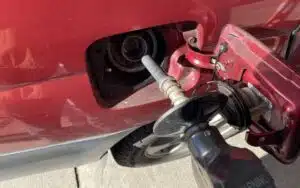
put the nozzle in the tank
6. Screw the gas cap back on.
It’s easy to forget. But if the gas cap is left off, gas can escape from the system. When this happens, many vehicles run a self-test of the performance system and will detect this leak in the evaporative emissions system. The check engine light will then come on.
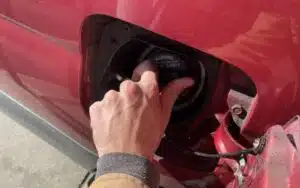
Tighten the fuel cap
Supervise Teen Pumping Gas For the First Time
It can be very intimidating for a teenager to pump gas for the first time. One way to make the experience less stressful is to go during a time that the gas pump is not busy. We recommend doing it with a parent first so that the teenager can see the different steps. Next time you get gas with your teenager in the car, invite them to come out of the vehicle and pump gas with you. This way they can experience the small details, such as locking the nozzle trigger and how to pay using the screen. This can be a fun bonding experience that will make them more prepared for when they have to do it on their own.
FAQs
How do I know which side of the car the gas tank is on?
Look at your car’s dashboard. There’s usually a little gas pump icon near the fuel gauge. You’ll see a small arrow next to it pointing left or right. That arrow shows which side your gas tank is on.
What kind of gas should I put in my car?
Check your car’s manual or the inside of the fuel door. It’ll tell you what type of gas to use. Most cars use regular unleaded, but some need premium. Don’t guess – using the wrong type can mess up your engine.
Is it okay to use my phone while pumping gas?
It is not recommended to use your phone while pumping gas. Although it is not likely to cause a fire, it can become a distraction which can lead to accidents.
Do I need to turn off the engine when fueling?
Yes, always turn off your engine before pumping gas. It’s safer and prevents any chance of a fire. Plus, it’s the law in most places. Just turn the key to shut off the engine before you get out to pump.
Can you smoke while pumping gas?
No. Never smoke or light any type of fire near a gas station. Gasoline is highly flammable any type of fire at a gas station can be catastrophic.
Is it safe to pump gas at night?
Pumping gas at night in the dark is more dangerous than during the daytime. If you need gas at night, choose a gas station that is well-lit and in a safe location. While pumping gas, make sure you keep an eye on your surroundings.
